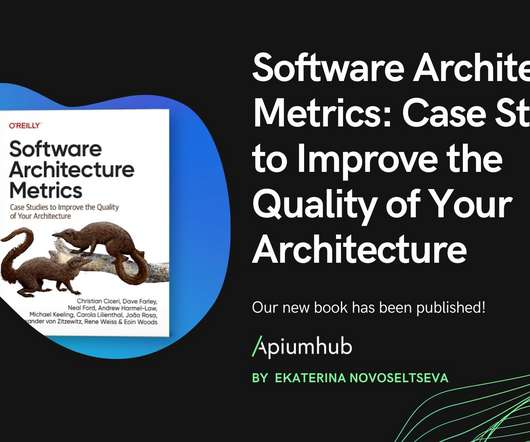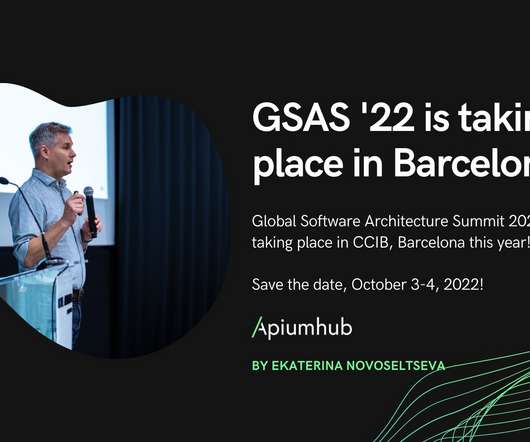Our book “Software Architecture Metrics: Case Studies to Improve the Quality of Your Architecture” is published!
Apiumhub
JUNE 22, 2022
We are delighted to announce the release of our new book “ Software Architecture Metrics: Case Studies to Improve the Quality of Your Architecture ”. DDD and sustainable software architectures are the topics of her many conference talks, including at the O’Reilly Software Architecture Conference. ”- book authors.















Let's personalize your content